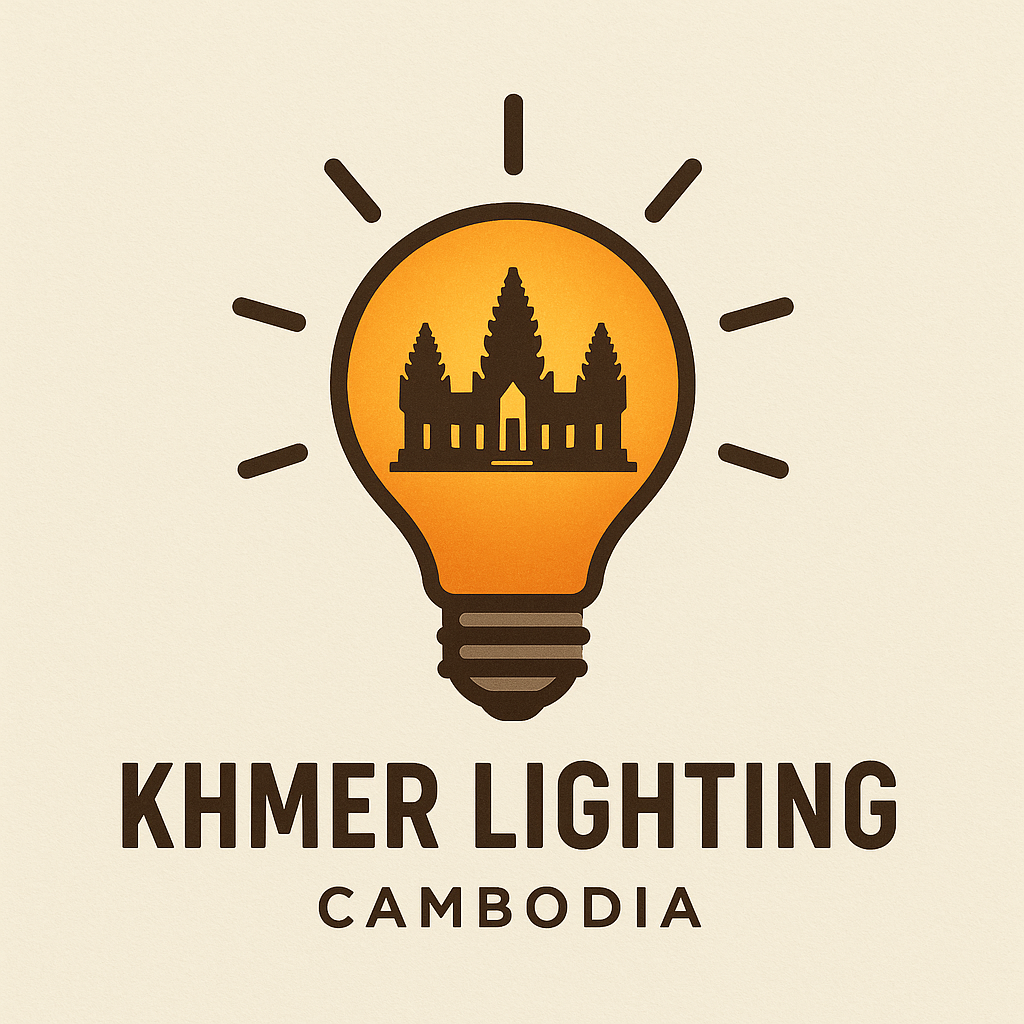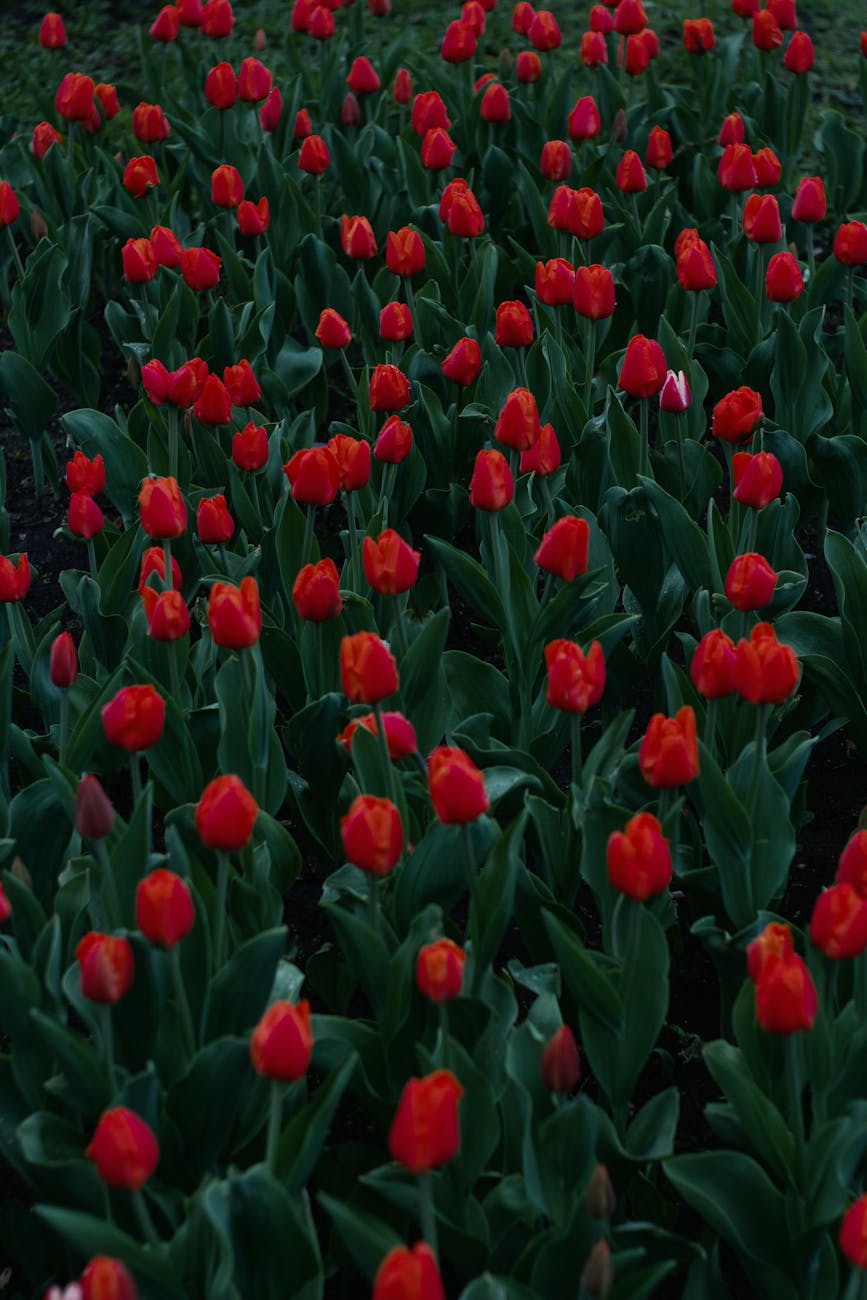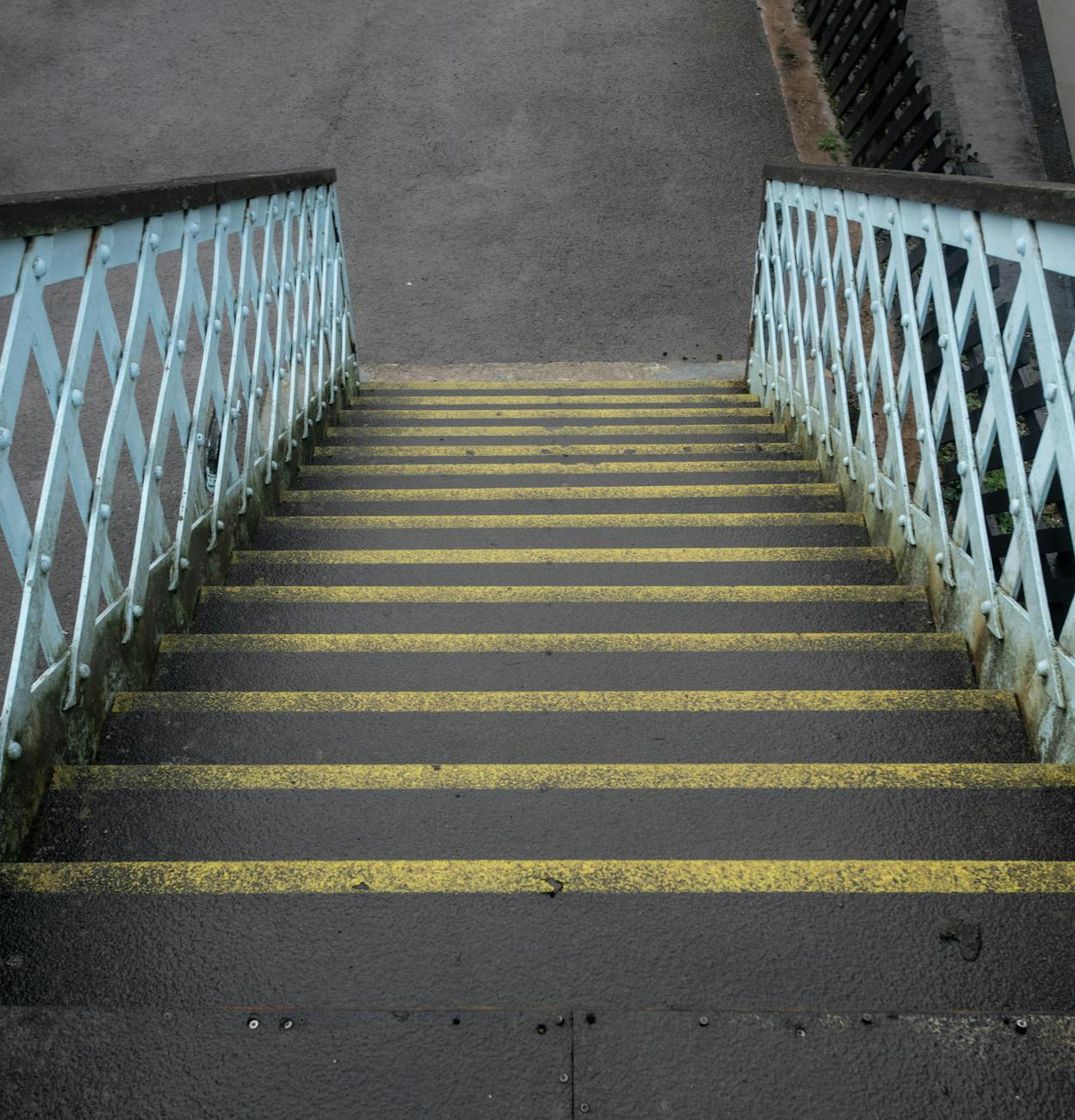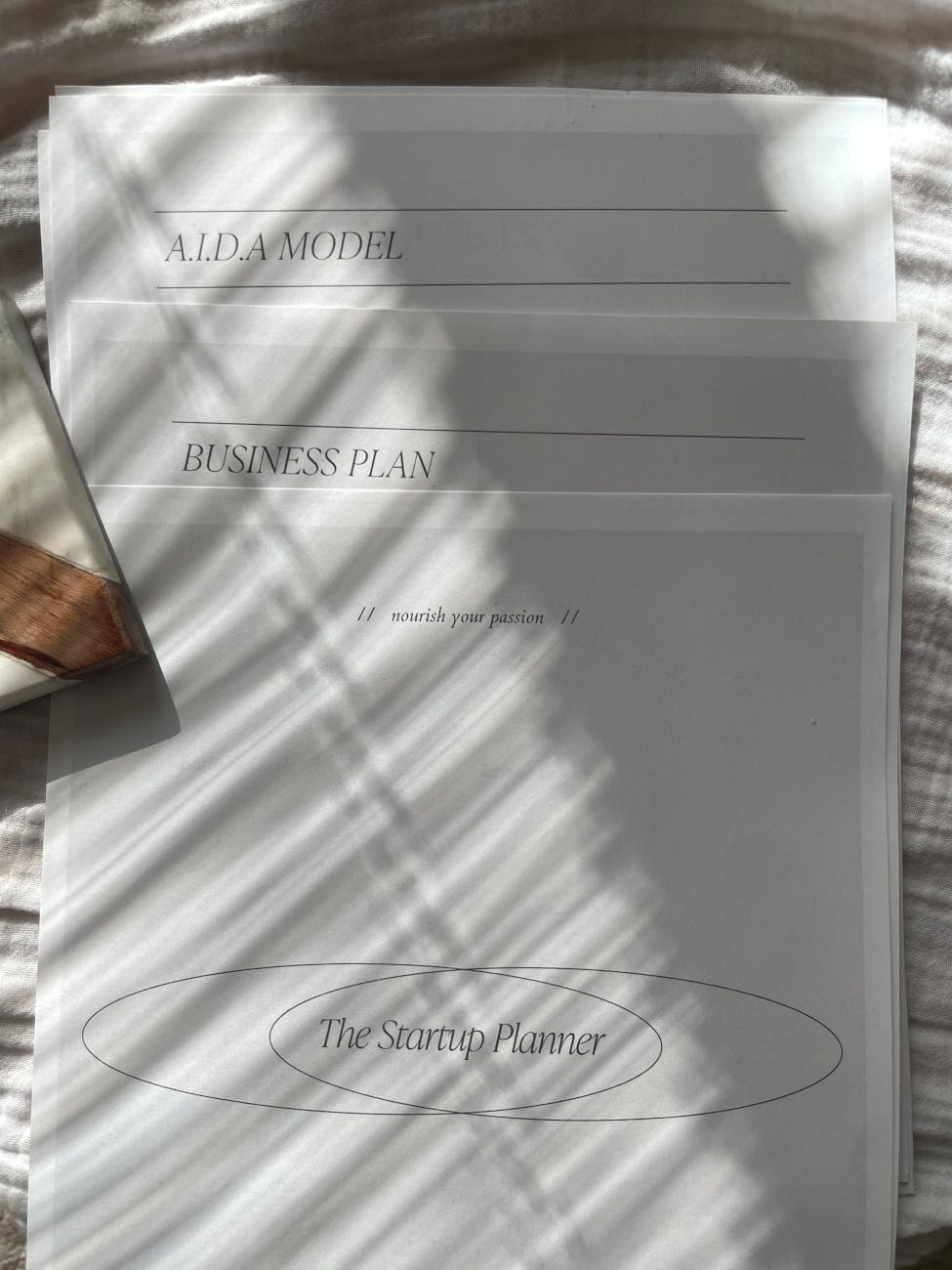How to Choose the Right Bulb (Lumens & Color) for Your Outdoor Fixtures
Choosing the right bulbs for your outdoor fixtures can transform your yard into an enchanting space. The key to achieving this ambiance is understanding how lumens and color temperature work together. This comprehensive guide will walk you through everything you need to know to make an informed choice for your outdoor lighting.
Understanding Lumens and Why They Matter
Lumens measure the total amount of visible light emitted by a source. Unlike watts, which measure energy consumption, lumens help you determine the brightness of a bulb. The higher the lumens, the brighter the light.
When choosing bulbs for outdoor settings, you’ll want to consider the purpose of your lighting:
- Accent Lighting: Typically 100-200 lumens, this is ideal for highlighting features like trees or architectural elements.
- Pathway Lighting: Requires around 100-200 lumens to ensure pathways are safely illuminated without overpowering.
- Security Lighting: For enhanced visibility and safety, opt for bulbs with 700-1300 lumens around entrances
Understanding Color Temperature
Color temperature is measured in Kelvin (K) and dictates the color appearance of the light. Here’s how different color temperatures can affect your outdoor space:
- Warm White (2000K-3000K): This range produces a soft, warm, and inviting glow. It’s perfect for cozy patios or gardens aimed at comfort and relaxation.
- Neutral White (3100K-4500K): Provides a balance between warm and cool tones, ideal for general outdoor areas without leaning towards either spectrum.
- Cool White (4600K-6500K): The blue-white tint of these bulbs is excellent for task lighting and security purposes as it is closer to daylight.
Selecting the Right Bulb for Different Outdoor Fixtures
When selecting a bulb, it’s essential to consider both where it will be placed and what its function will be. Here are some guidelines:
- Wall Fixtures: For sconces or porch lights, a moderate lumen output (400-600) with a warm white temperature creates a welcoming atmosphere.
- Floodlights: Often used for security, these require a higher lumen count and preferably a cool white temperature.
- String Lights: Used for decorative purposes, these often benefit from lower lumens and warm white illumination.
Additional Tips
When choosing bulbs for outdoor fixtures, it’s crucial to consider factors such as weather resistance and energy efficiency:
- Weather-Resistant Design: Ensure that the bulbs are labeled for outdoor use to withstand humidity, rain, and temperature fluctuations.
- Energy Efficiency: LED bulbs are more energy-efficient and longer-lasting compared to traditional incandescents. This could save you money in the long run.
Conclusion
Choosing the right bulb for your outdoor fixtures doesn’t have to be daunting. By understanding lumens and color temperatures, you can create the ambiance you desire while maintaining practicality and efficiency. Always consider the specific needs of your space and consult the packaging for weather suitability to ensure you make the best choice. Illuminate your outdoor space with confidence!





